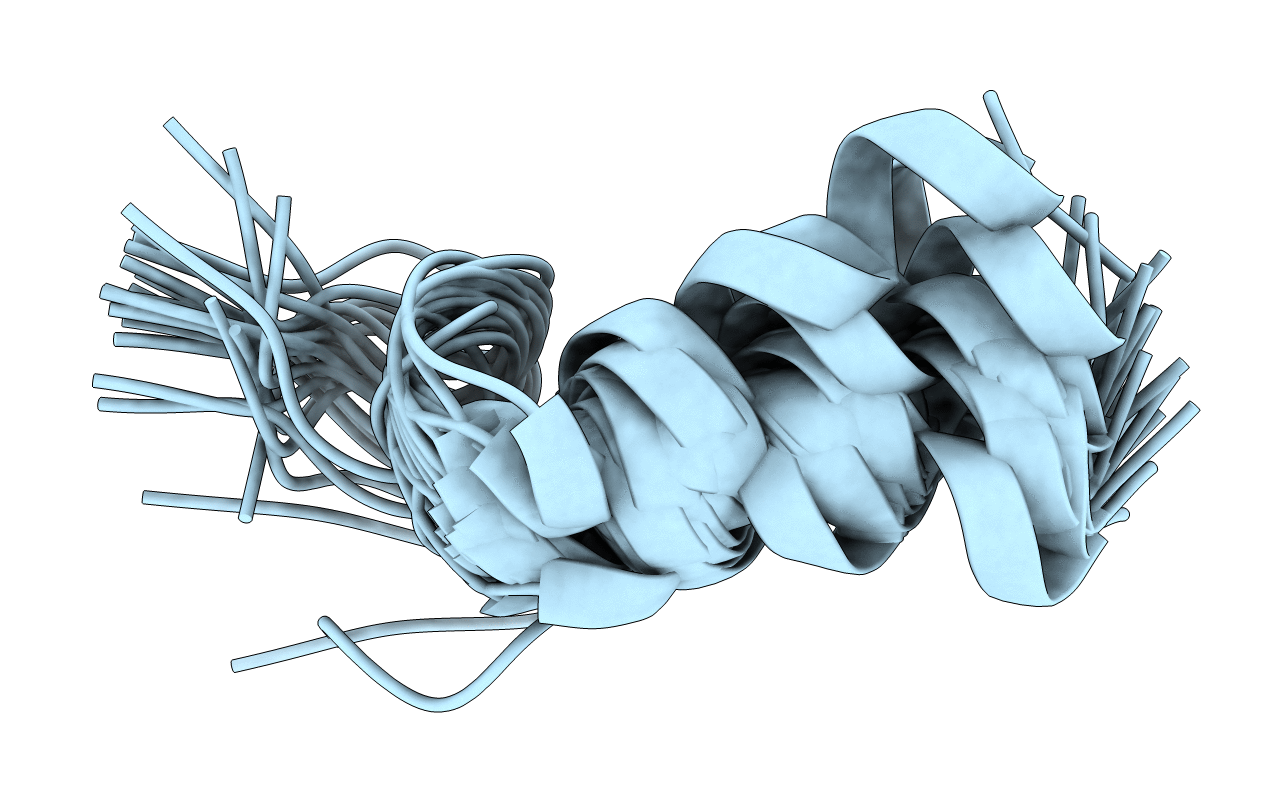
Deposition Date
2000-10-20
Release Date
2001-04-20
Last Version Date
2023-12-27
Entry Detail
Biological Source:
Source Organism:
Method Details:
Experimental Method:
Conformers Calculated:
200
Conformers Submitted:
25
Selection Criteria:
structures with the lowest energy


